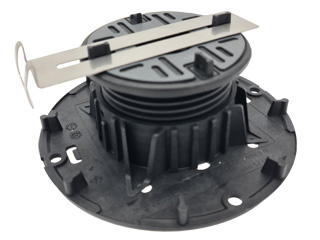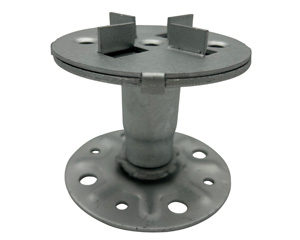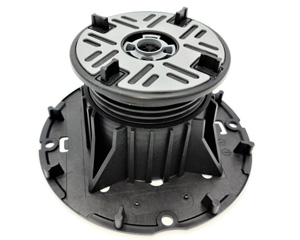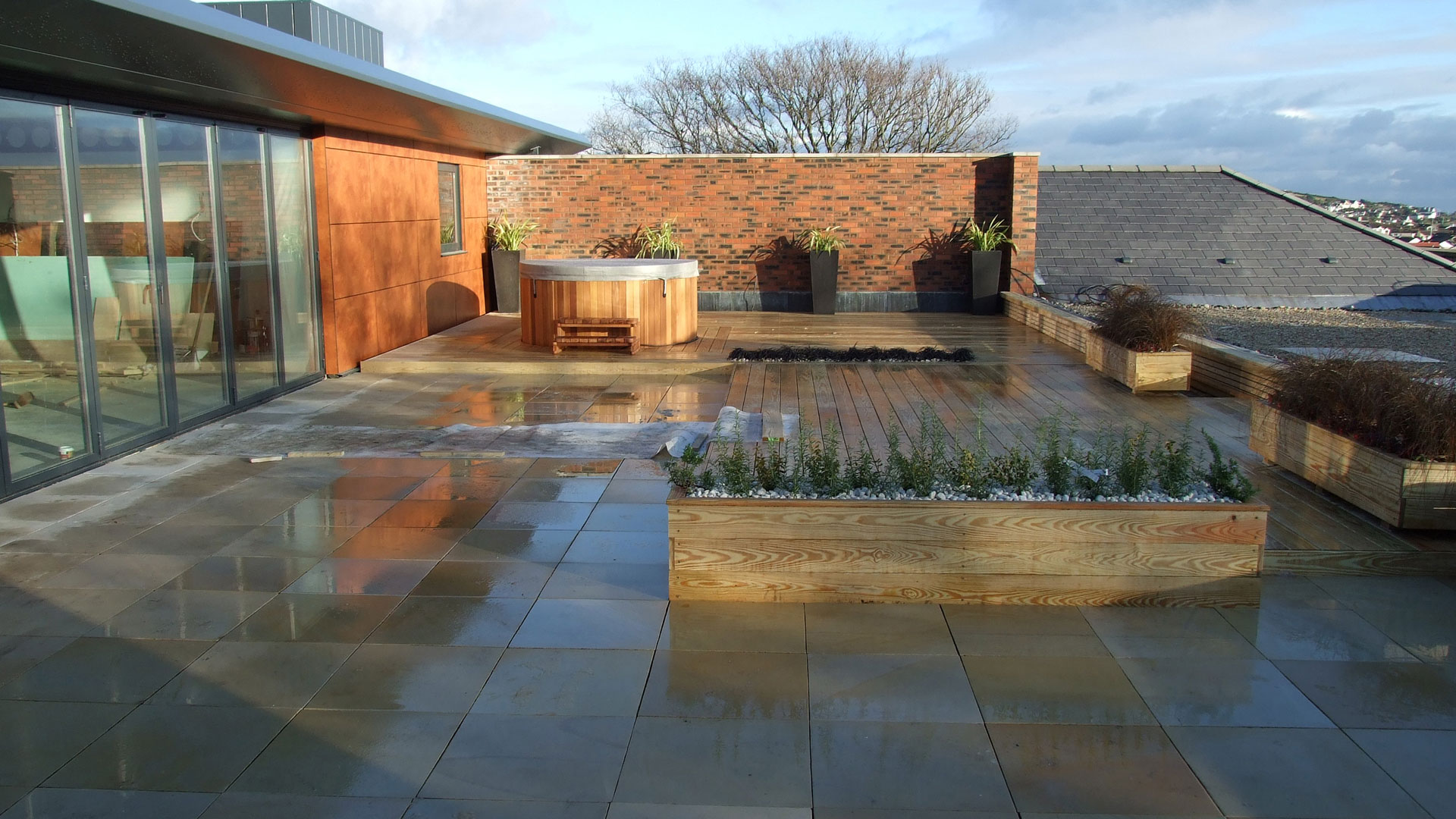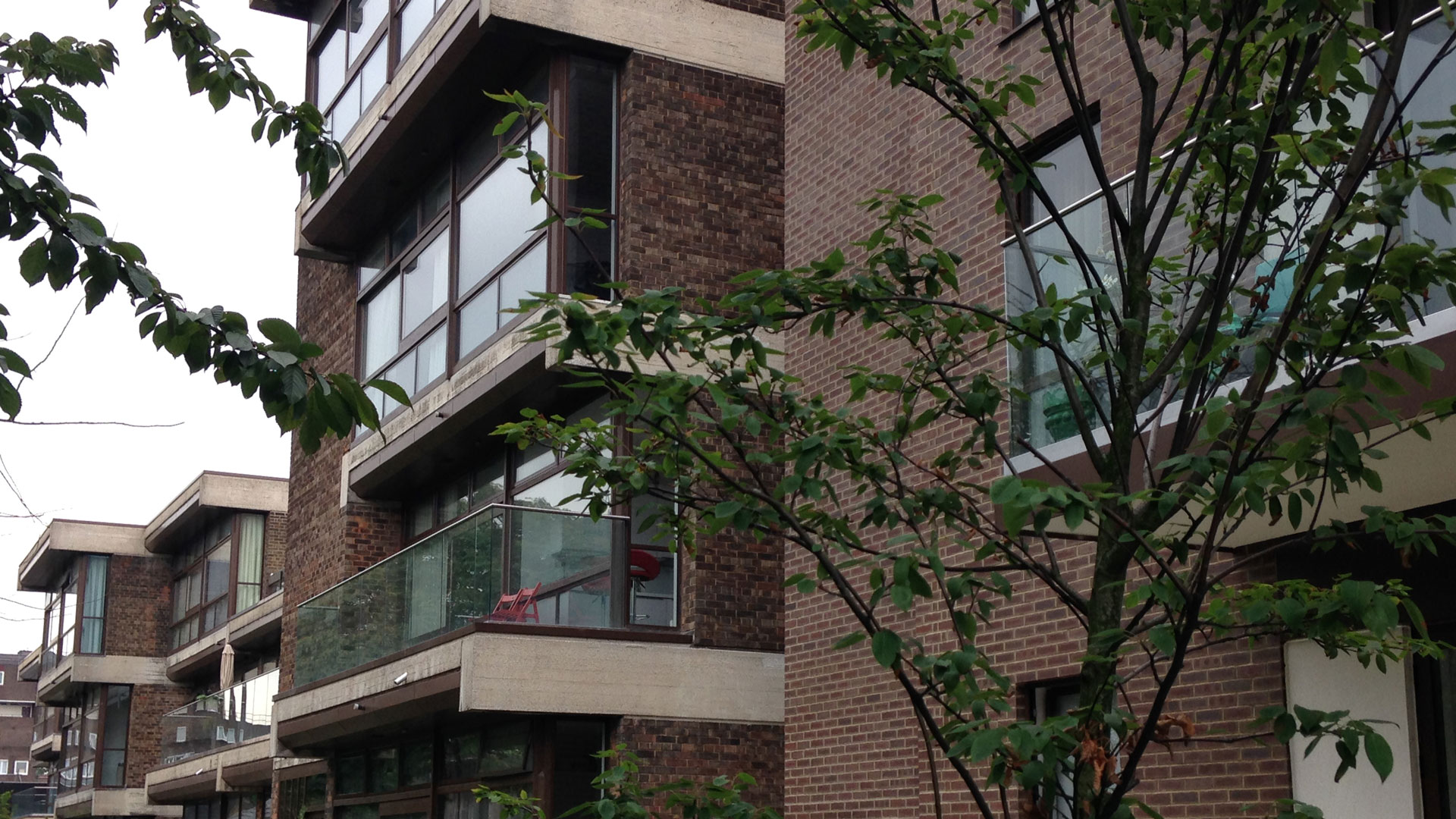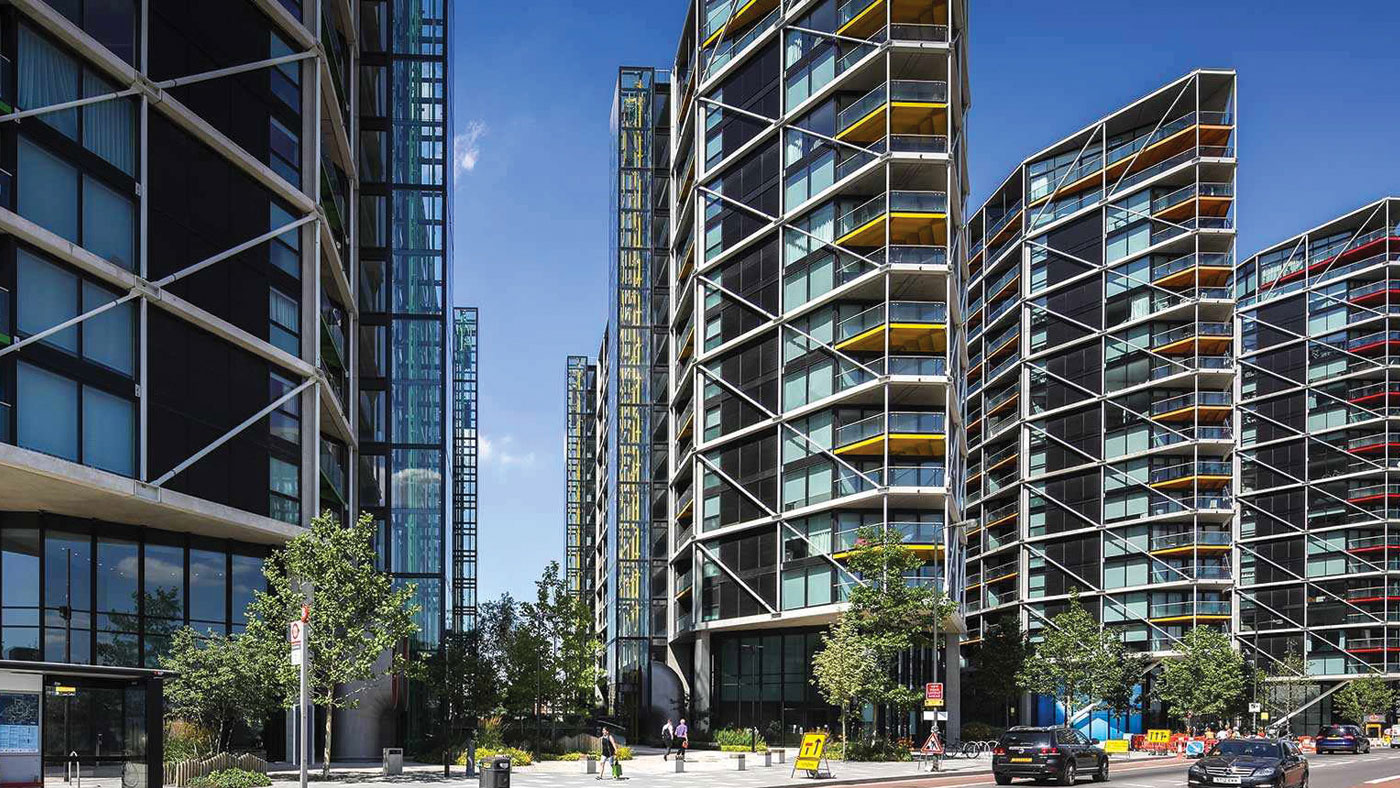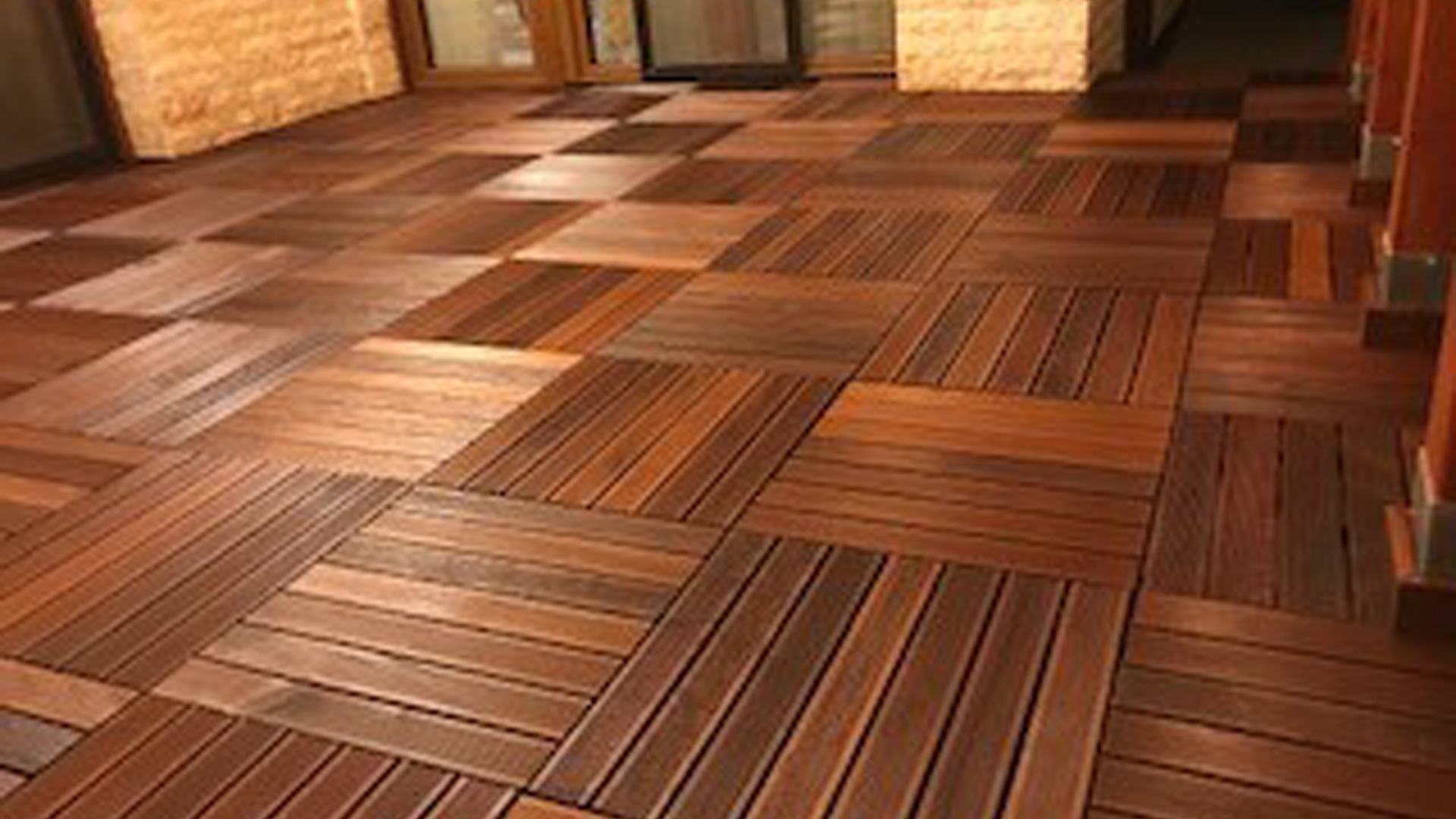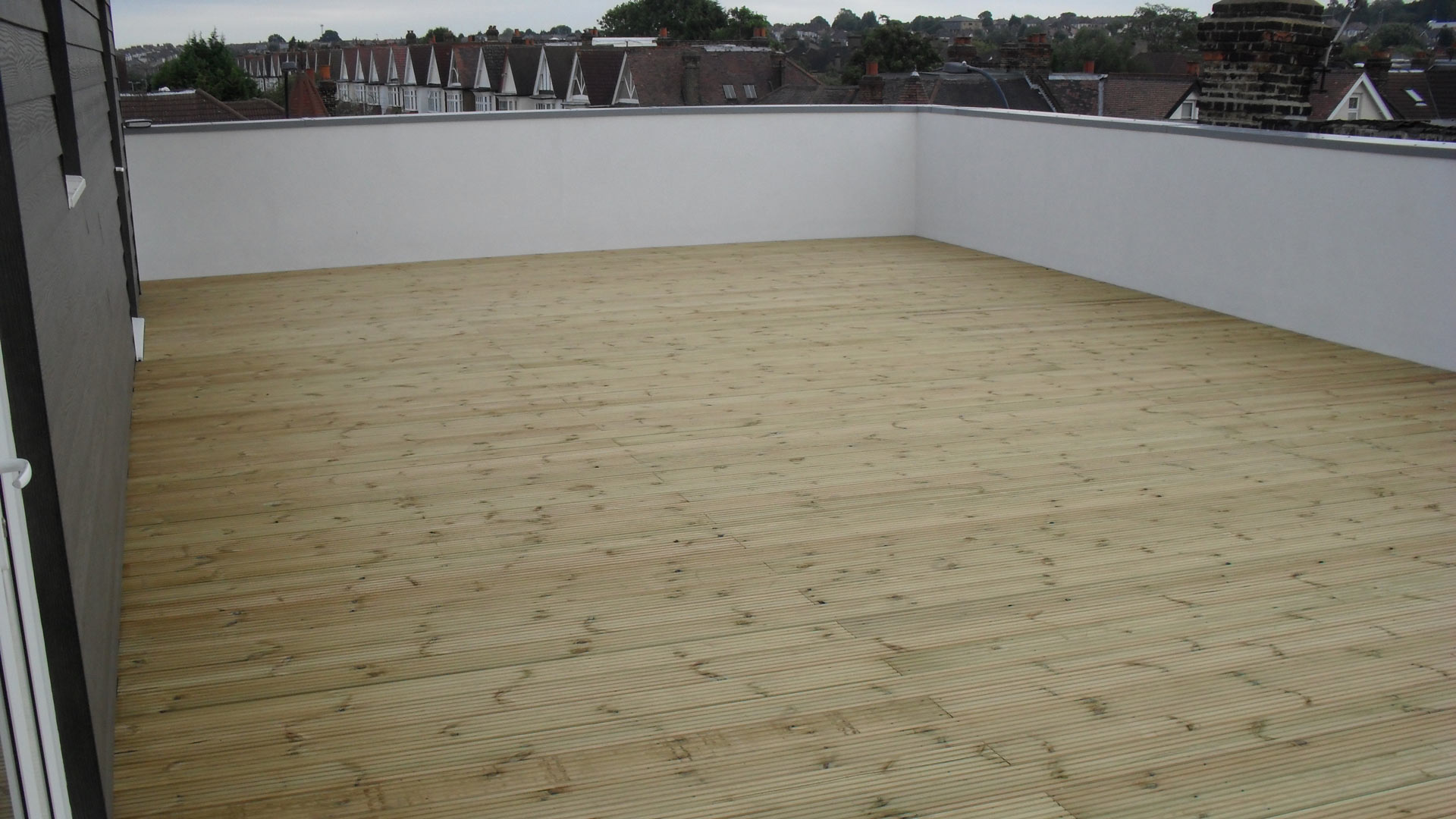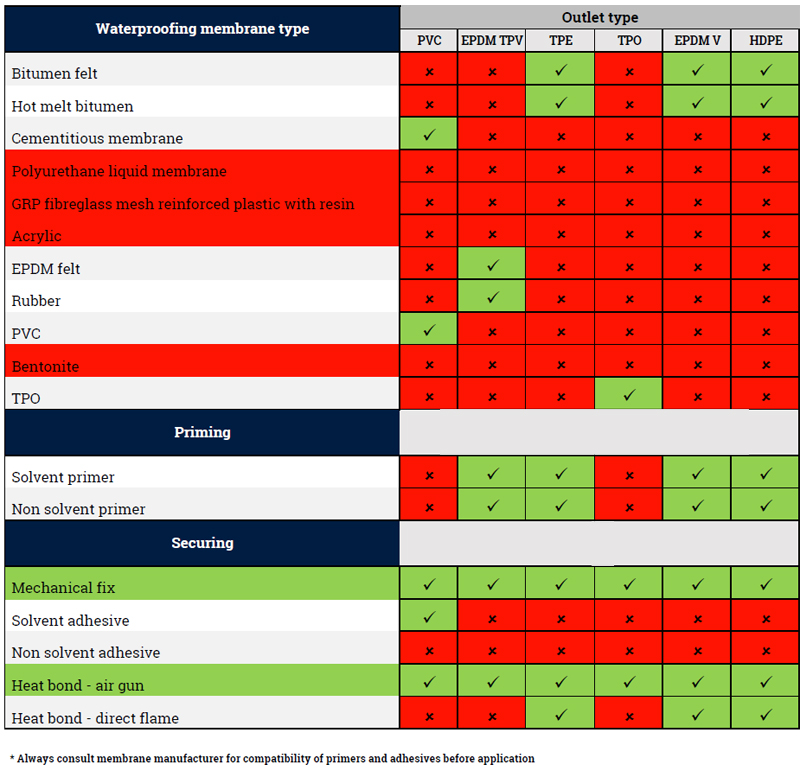Many readers who are familiar with GRD’s work probably already know that in saying “Green roofs can do more,” a big part of the “more” that GRD has identified is providing stormwater detention. Urban stormwater management usually deals with two primary practices: retention and detention. Retention is the reduction of runoff; water is absorbed by green roof media and plants and never runs off the roof. Instead, retained water leaves the roof only as vapor through evapotranspiration. All green roofs provide retention to varying degrees based on climate, profile composition, and thickness.
Detention is the practice of slowing down water that does runoff. As it is impractical – or even impossible – to retain all stormwater on a green roof all the time, detention is often necessary to ensure minimal negative downstream impact of runoff, particularly reduction of combined sewer overflows (CSOs). Most stormwater permits require detention, but most green roofs do not provide any statistically significant detention.
As developers are required to comply with retention and detention requirements, adding detention to the range of benefits that green roofs provide may provide significant return-on-investment (ROI) to the developer.

The Moderne, Saratoga Springs
The Moderne is a new 5-story condominium located in Saratoga Springs, New York. Constructed in 2021, it contains a mix of 24 high-end residential units with exterior and underground parking. It also includes an 11,000 sf (1020 m2) rooftop amenity space with a green roof.
The original green roof design was a traditional profile, consisting of 5” (125mm) deep growing media and sedum mat over a standard drainage panel.
While traditional green roofs have many benefits, without the use of additional tank systems, they do not provide a consistent and accepted means of complete stormwater management. The originally proposed 5” (125mm) deep profile will retain a large amount of water when relatively dry. In fact, it will entirely capture most small storms, of one inch or less. But once it’s fully saturated, any additional stormwater that falls on it will flow to the roof drain and ultimately to the sewer system. This results in very high peak flow rates during large storms, which can contribute to localized flooding and CSOs.
To combat overflows and related damages, stormwater management has become an even more critical element of design and is considered in the early stages of project planning. Most jurisdictions have developed extensive regulations and requirements to help reduce overflows. When permitting, some jurisdictions require that designs must demonstrate the capability to capture small storms and manage the larger, 100-year frequency storms.
These requirements meant that any project with a green roof would still require another method of stormwater management, thereby limiting the ROI of the green roof to less-tangible but still desirable benefits such as partial stormwater management, noise, and heat reduction, improved air quality, building energy savings, biodiversity, and tenant health and well-being.
In the search for a better solution, many options were considered. It was determined that by upgrading the traditional green roof assembly with new components that provide the missing detention, a green roof could be a complete solution to managing stormwater and eliminating the need for additional systems, such as tanks, to supplement.
In this case, the Purple-Roof© Concept was implemented to address the “too much water” challenges with retention and the “too little time” challenge with detention.
For the full article, please visit the Living Architecture Monitor website by clicking here.


